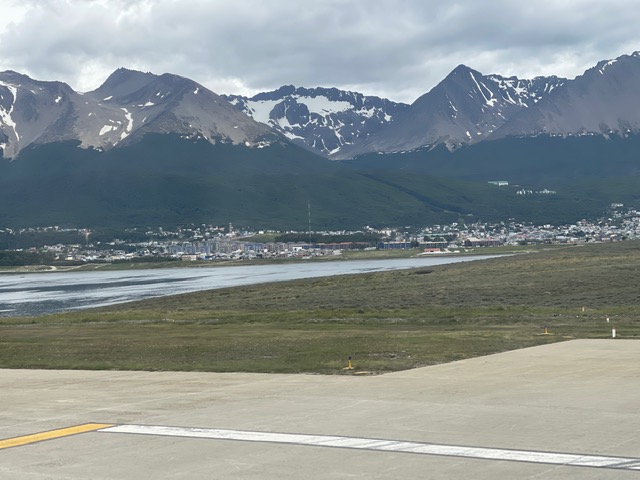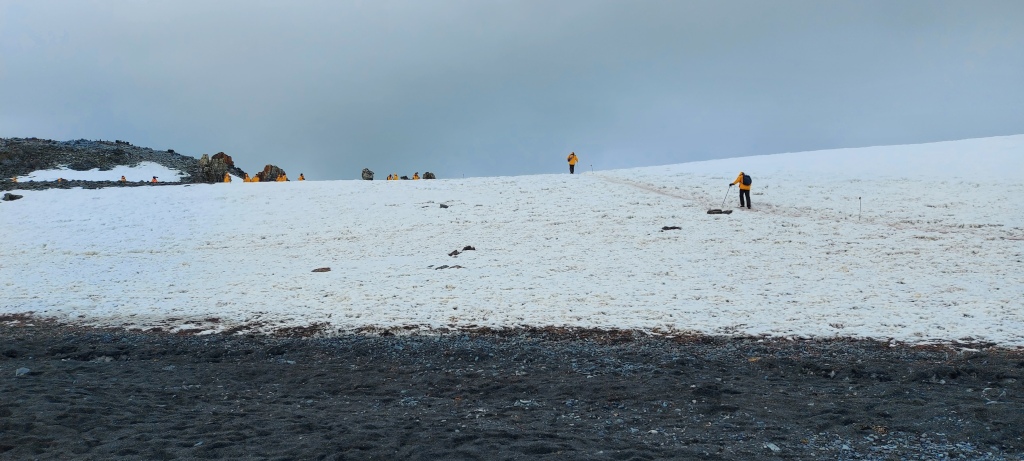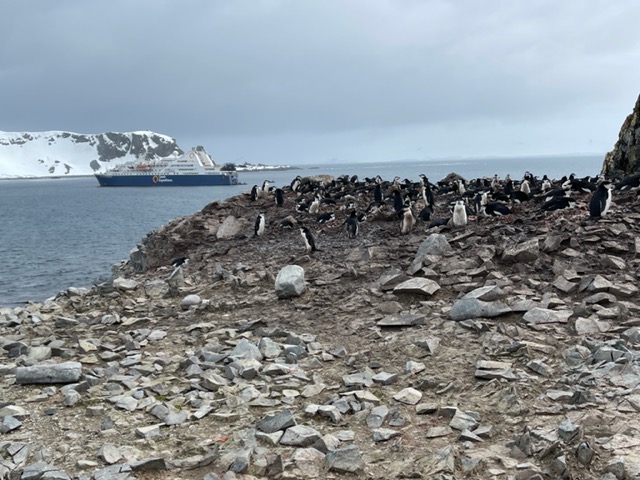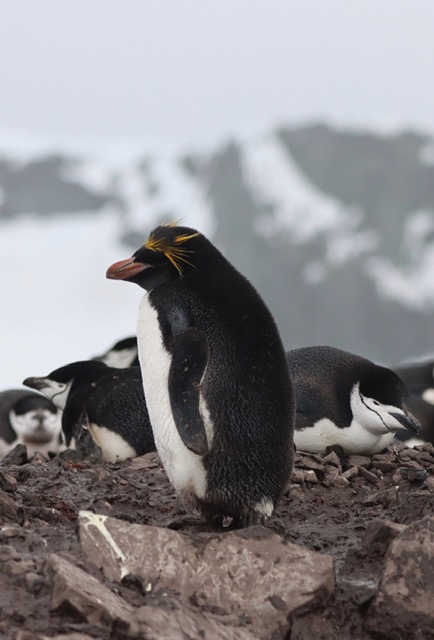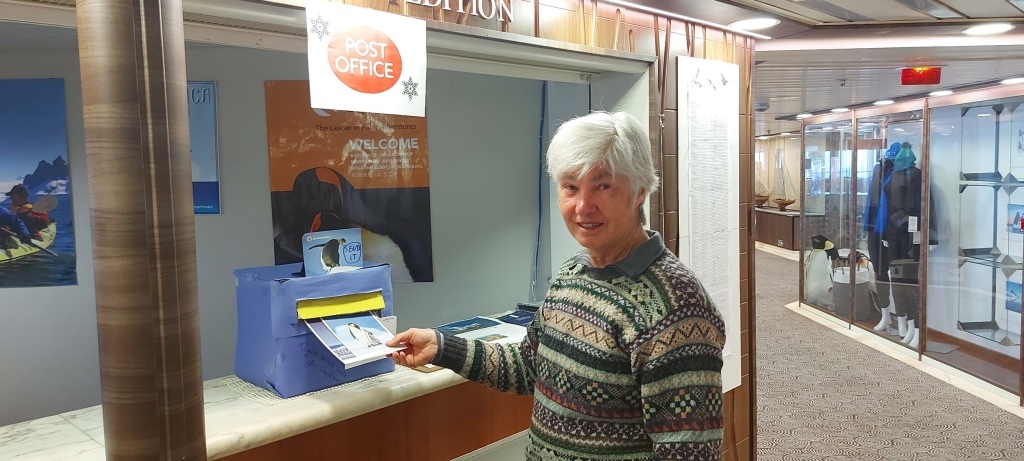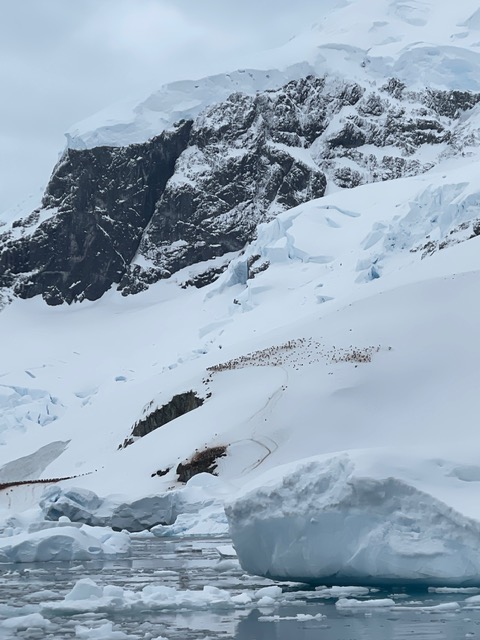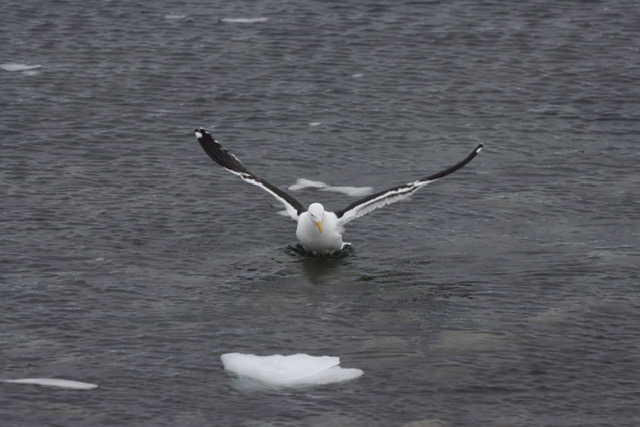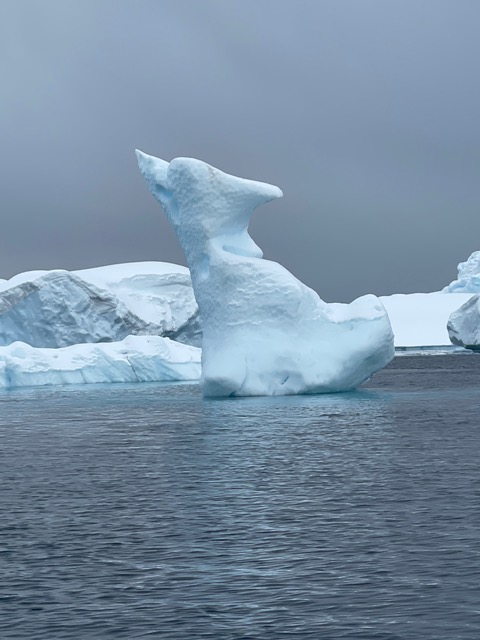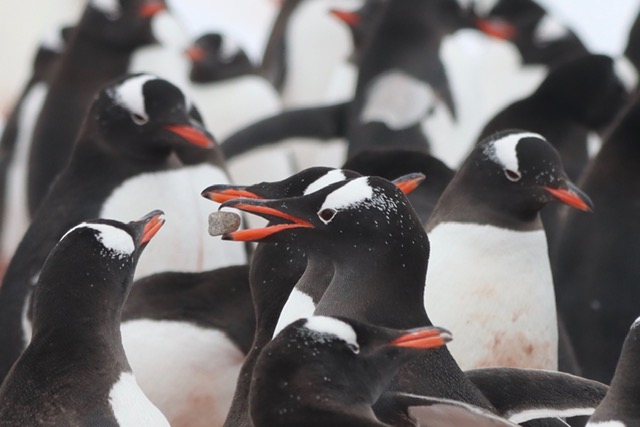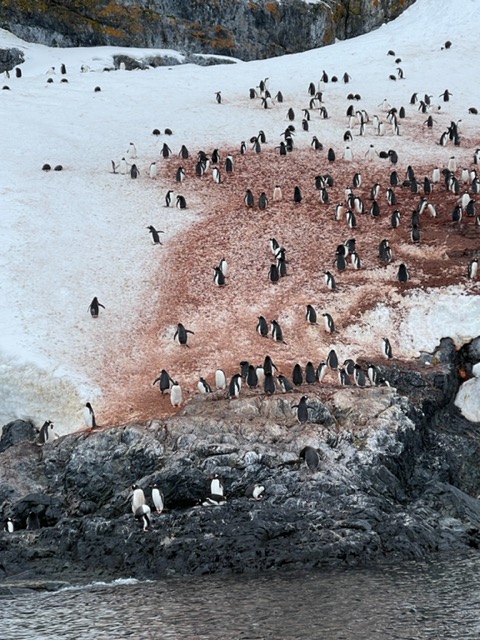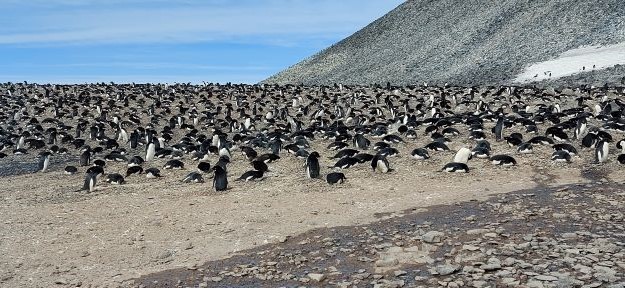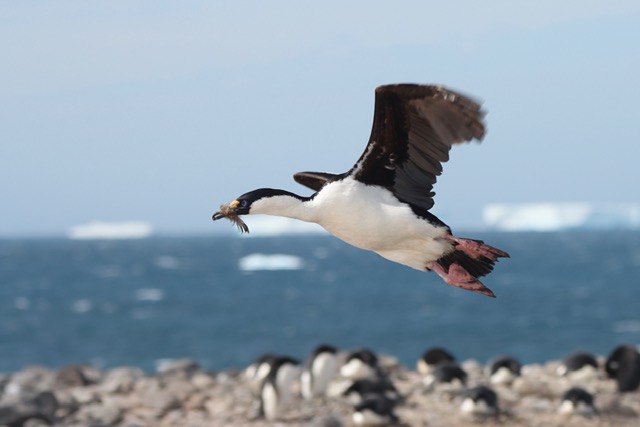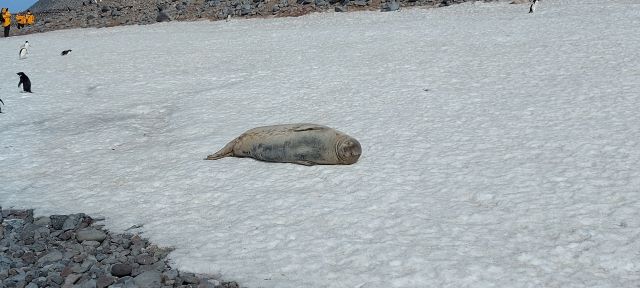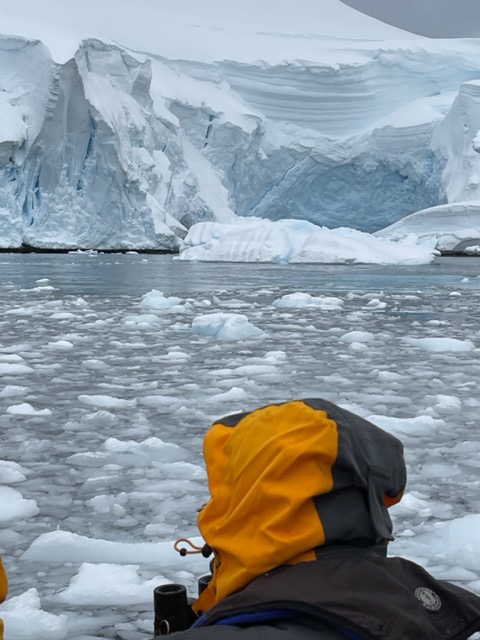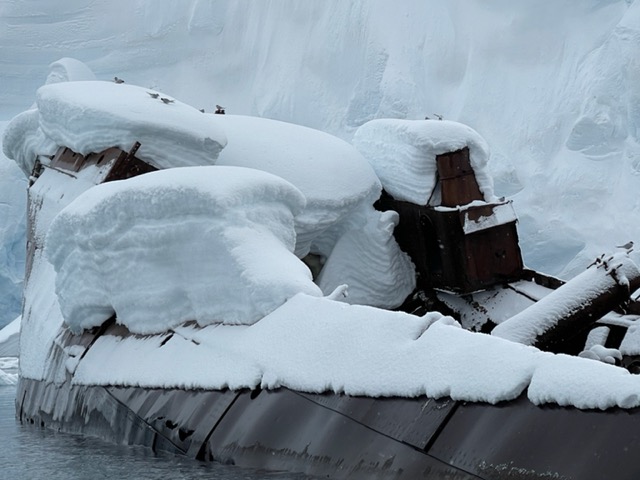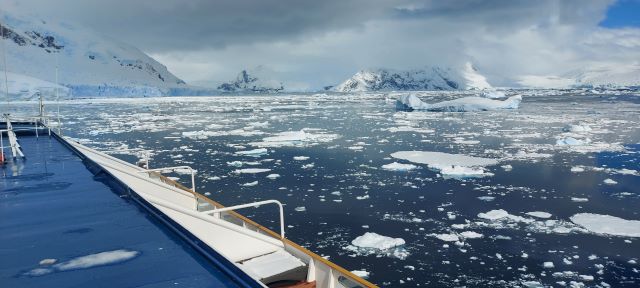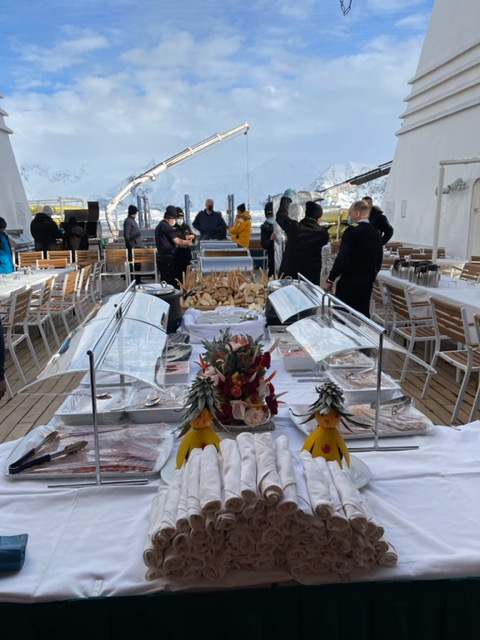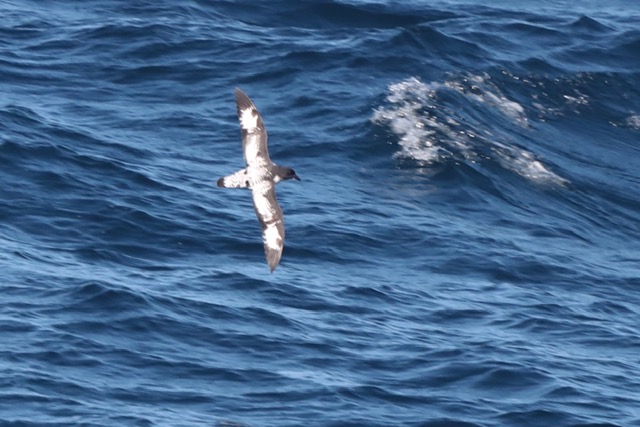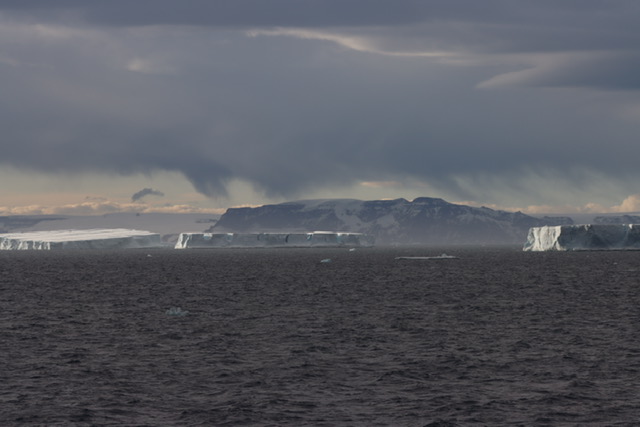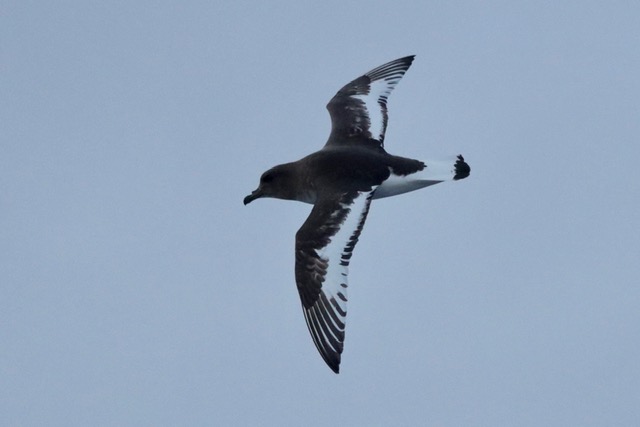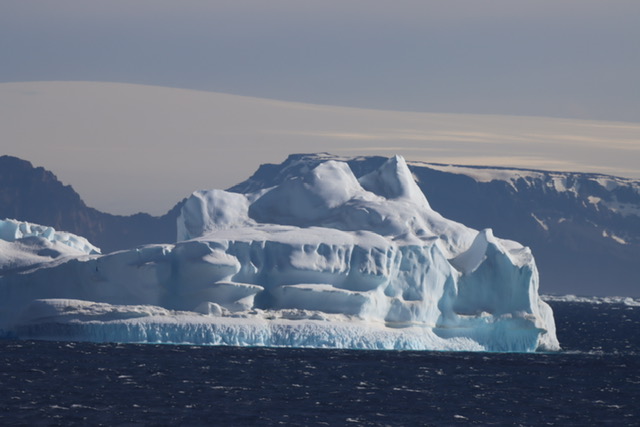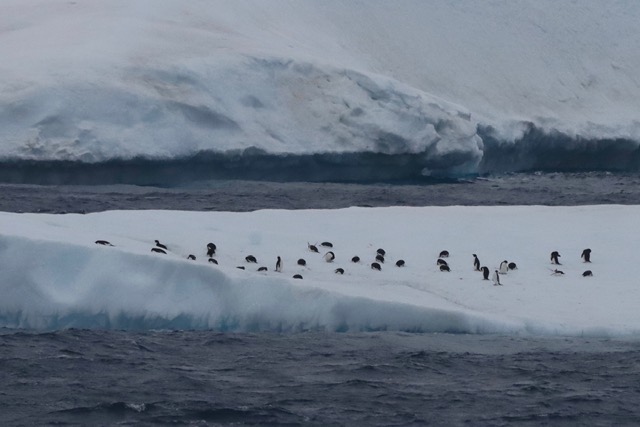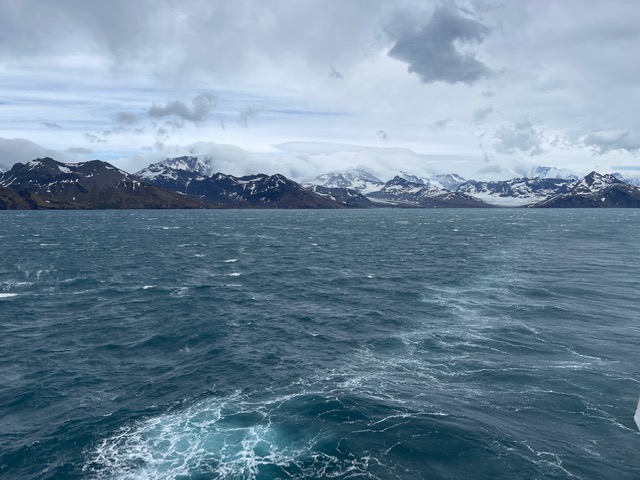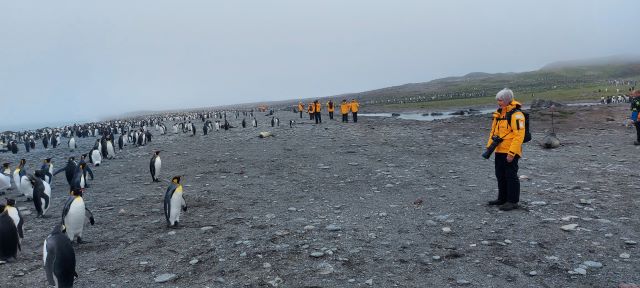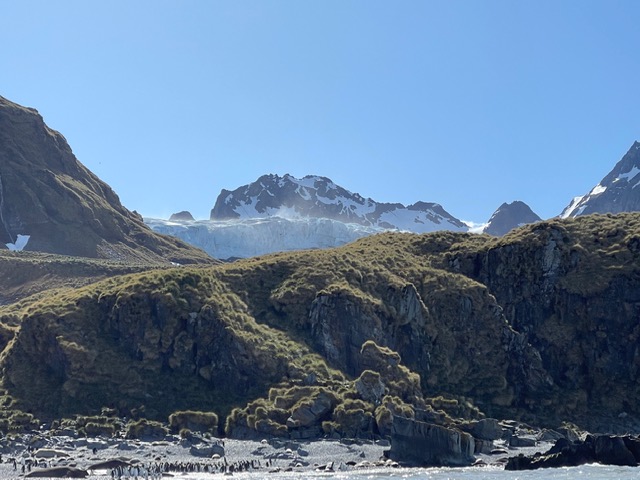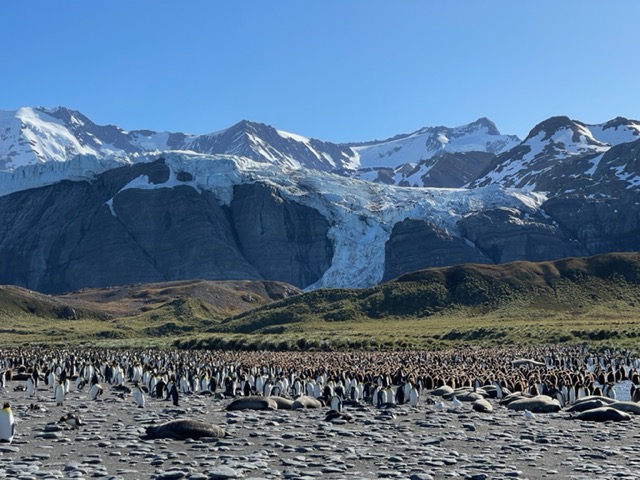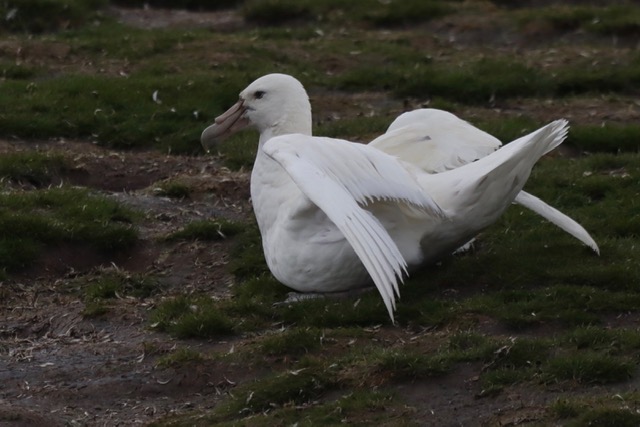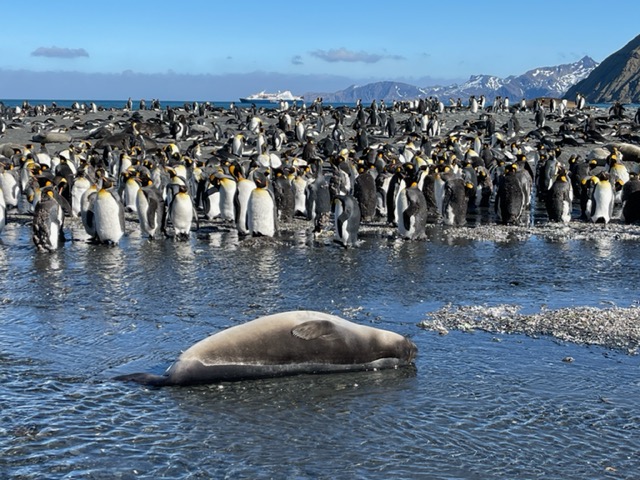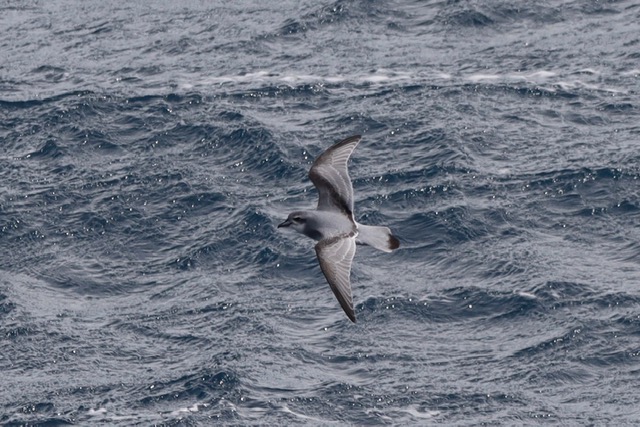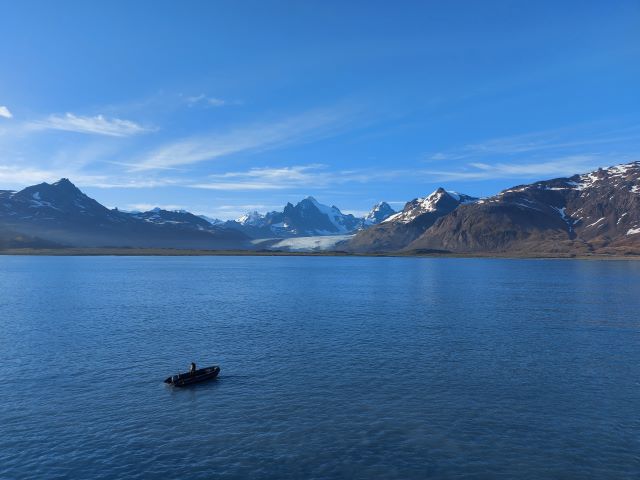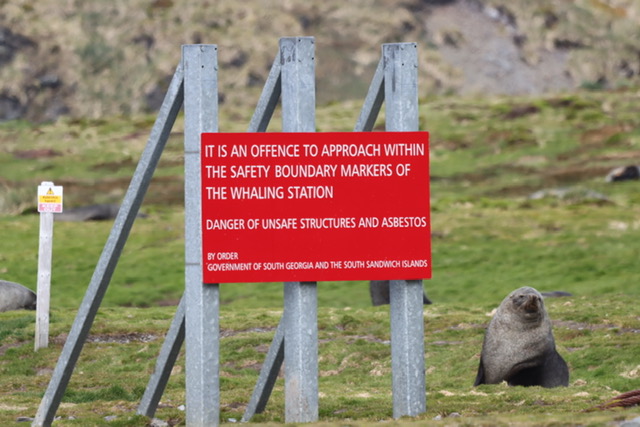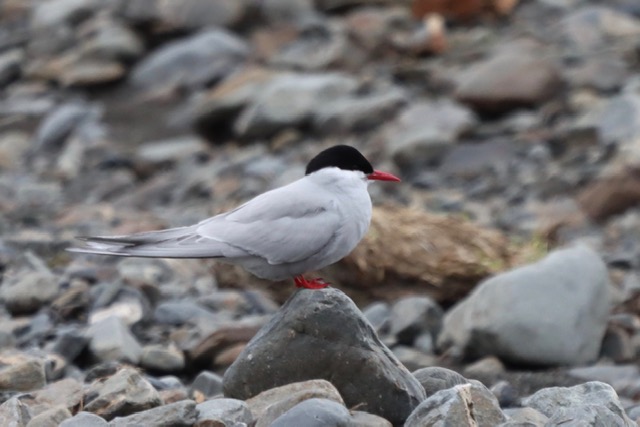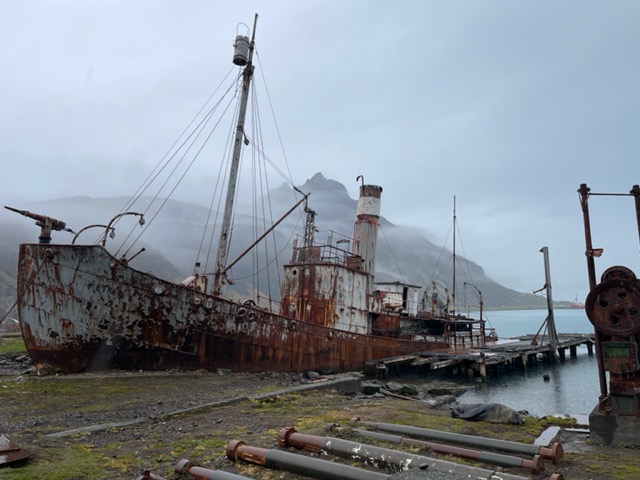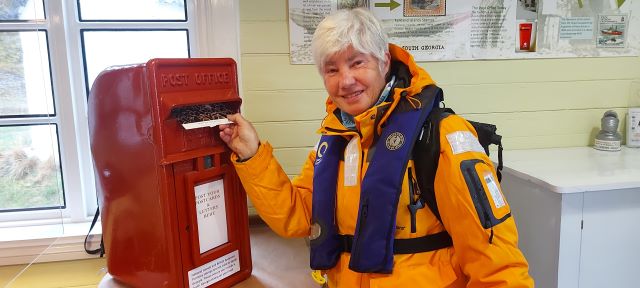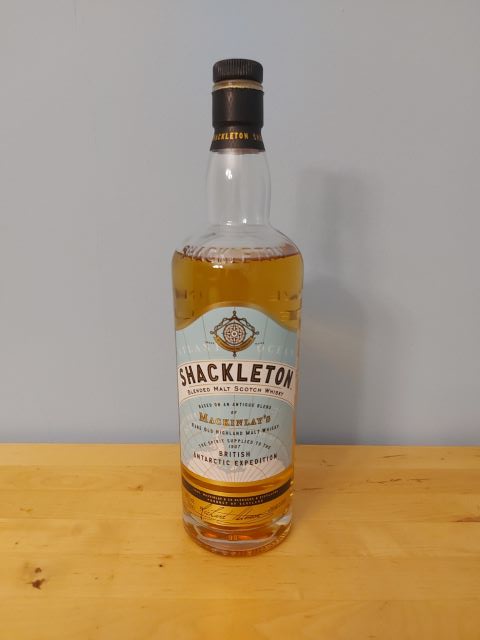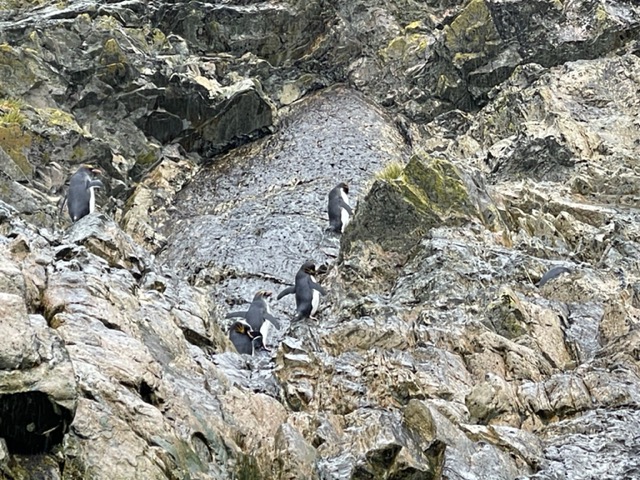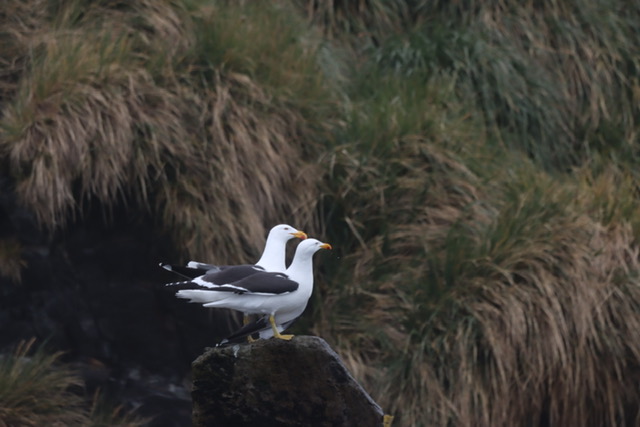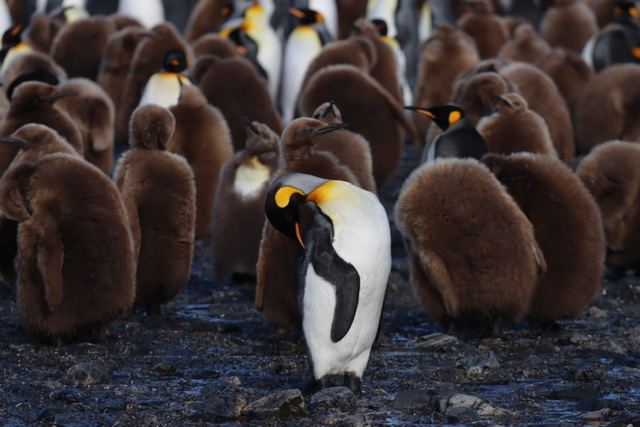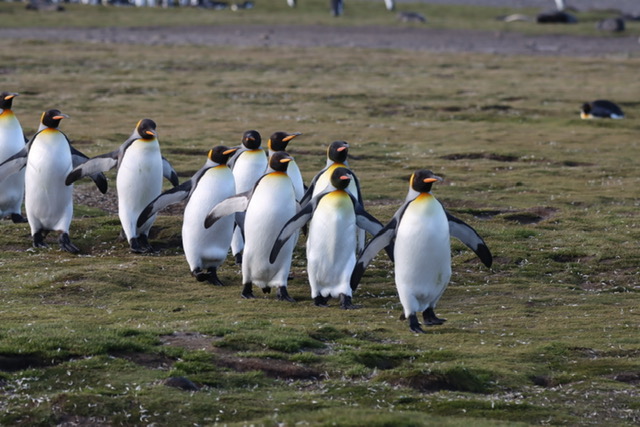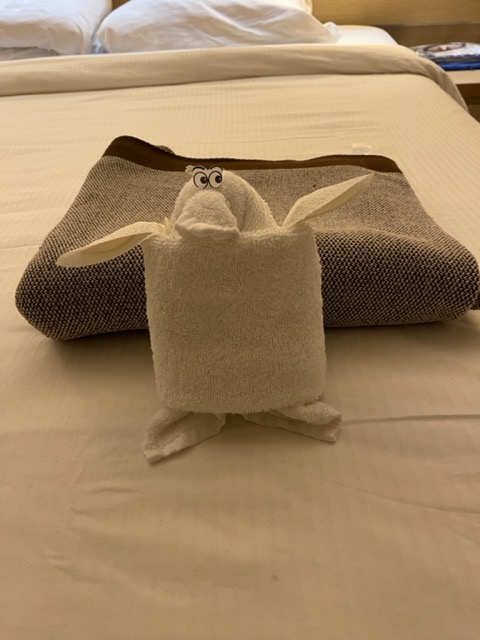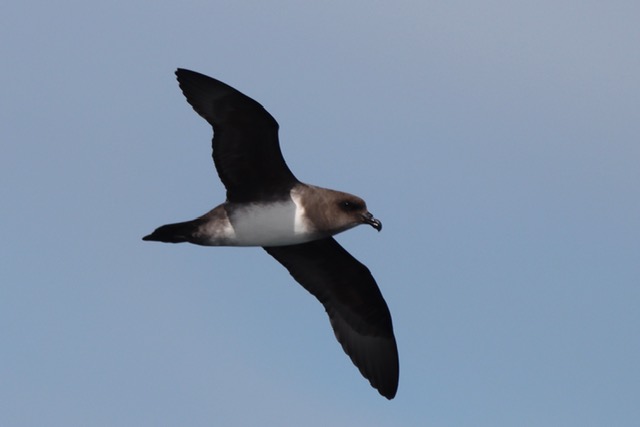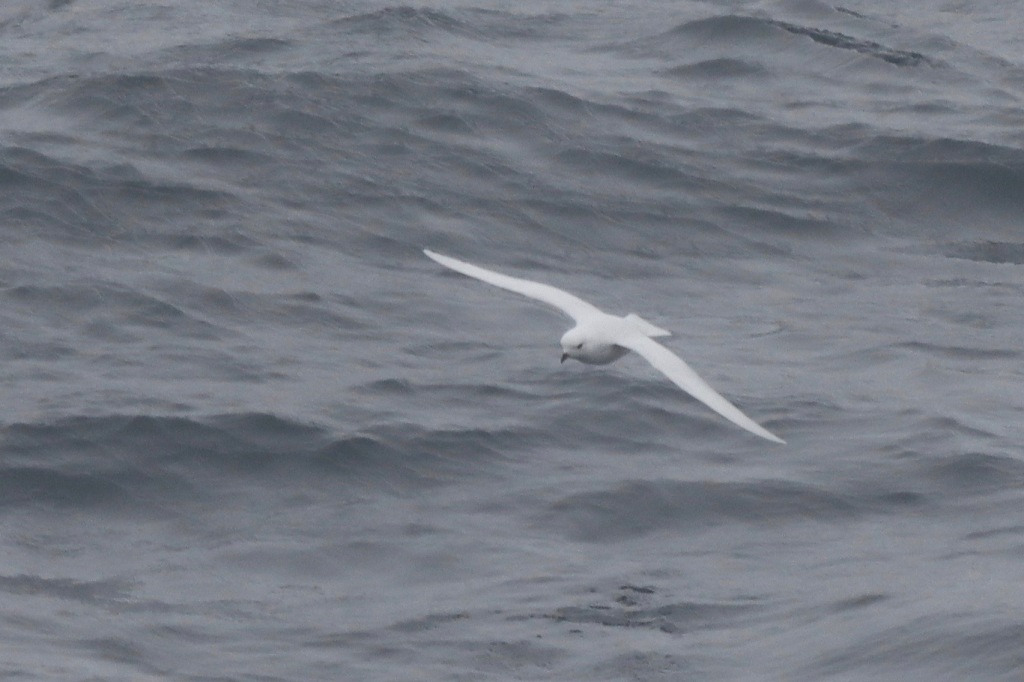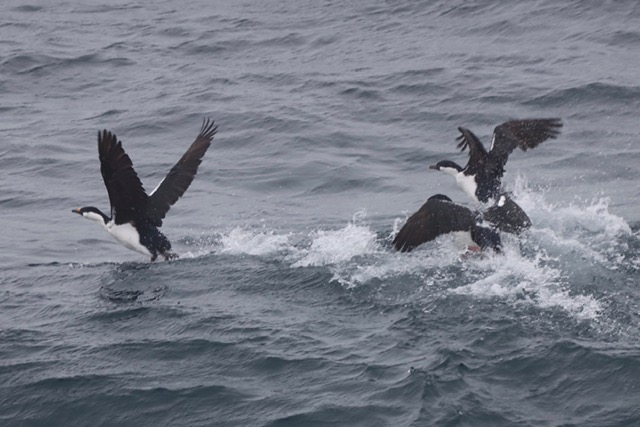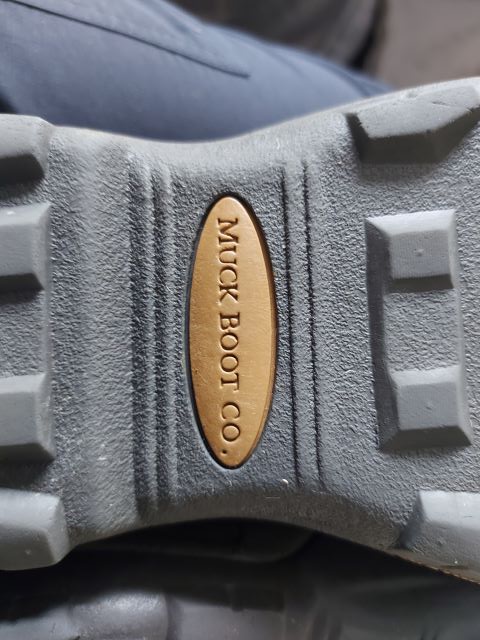November 25, 2022
This was the first of two days we would spend crossing the Drake Passage. The Drake is notorious for bad weather, but our bad weather wasn’t too bad. There were big waves but not too big, but even so the upper deck was closed due to the possibility you might be washed overboard. So we didn’t do much.
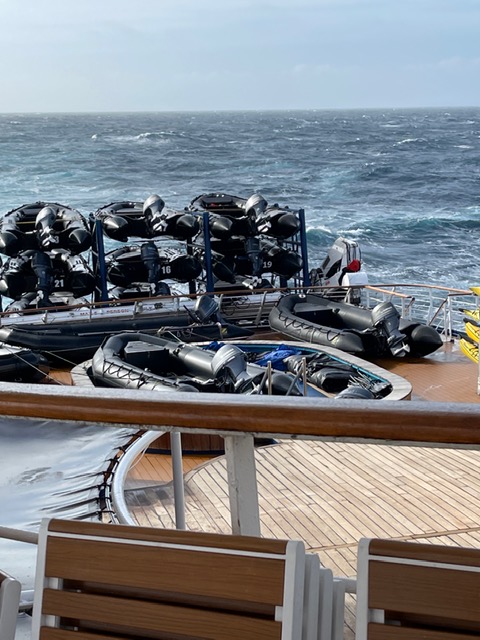
November 26, 2022
Last night we slept reasonably well, considering the ship’s tossing and turning. But we kept being woken up because the closet doors kept crashing open. We solved that problem by tying them closed.

In the afternoon there was a session where the crew members were presented, starting with the captain. The stage was extremely full, with some of the lower ranks just outside the door.
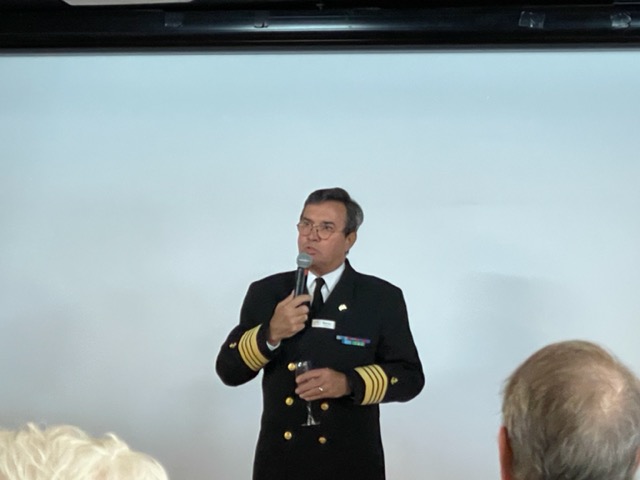
But that was only the senior crew members. The cooks, waiters, cleaners, Zodiac wranglers, and all of the other below-decks crew, we didn’t get to meet them.

This is our cabin steward, Nanta. He comes from Bali and has been doing this job for quite a while, on contracts which run for about six months. He always seems happy when we pass him in the corridor.
November 27, 2022
Early in the morning we passed Cape Horn on the way into Ushuaia, in fairly calm seas.
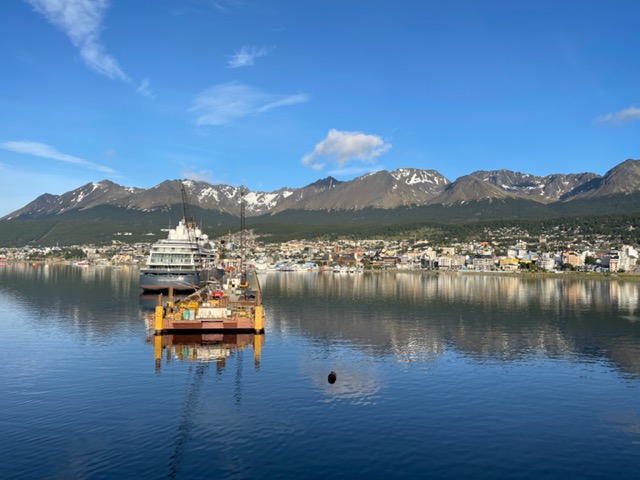
We finished packing our bags and delivered them to the lobby area, lined up to collect our passports, and then we were ready to leave.
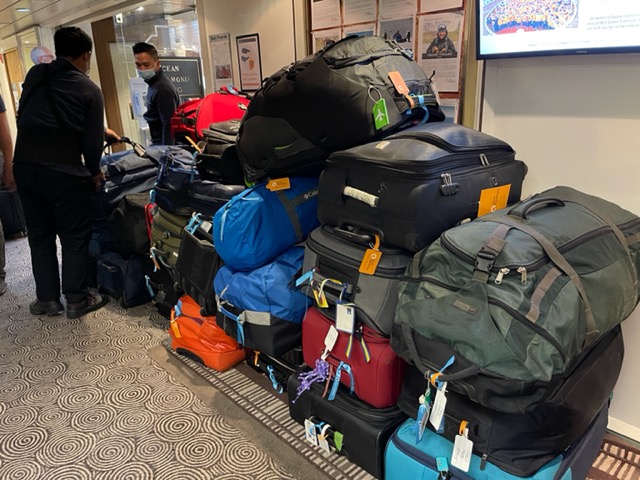
Outside the ship there were buses waiting to take us to various places in Ushuaia. Our flight wasn’t until the afternoon so our bus took us to the Las Lengas Hotel. We weren’t staying overnight there, but they allowed us to stay in the public areas. We hadn’t had wi-fi on the ship so we spent some time catching up with the internet.
We went out to get lunch and then took a taxi to the airport. There was nothing left except flying home, so our for-real Antarctica cruise was finished.
